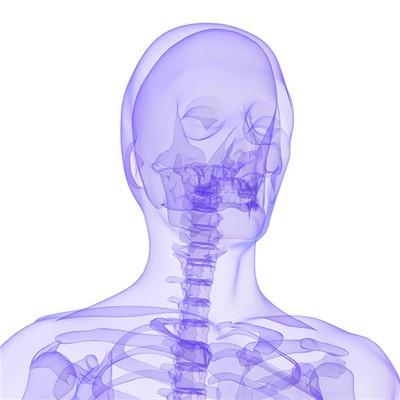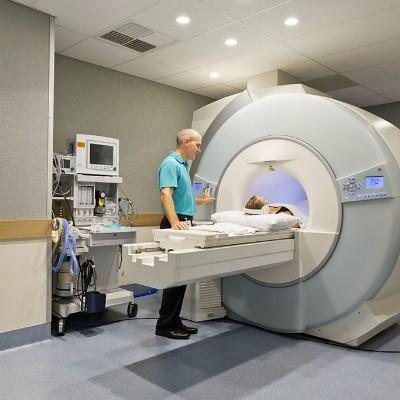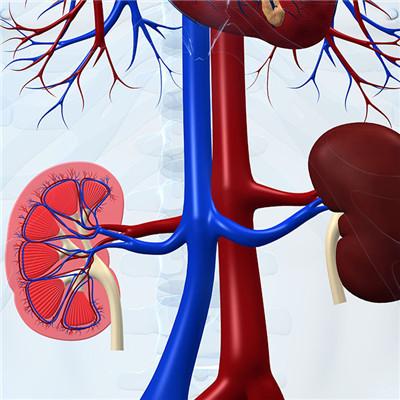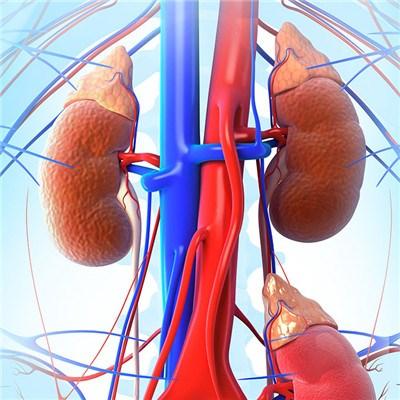What is the main cause of portal hypertension?
summary
Portal hypertension is characterized by chronic progressive splenomegaly, anemia, leucopenia, thrombocytopenia and gastrointestinal bleeding. In the late stage, we will have ascites, jaundice, liver dysfunction and cirrhosis. The etiology of portal hypertension can be divided into three types: prehepatic, intrahepatic and posthepatic. The specific reasons are as follows:
What is the main cause of portal hypertension?
Prehepatic type: portal vein itself has problems, such as portal vein thrombosis, congenital malformation and external compression make portal vein blood flow is not smooth, the pressure will naturally rise. This kind of patient's liver does not have the question, therefore the liver function is normal or only slightly damages, the treatment effect is best.

Intrahepatic type: liver problems, such as cirrhosis of various causes (post hepatitis, alcoholic, autoimmune, cholestasis), lead to portal vein blood to overcome great resistance to flow into the liver, so the pressure of portal vein becomes higher and higher.

Posthepatic type: for example, Budd Chiari syndrome or constrictive pericarditis, there is no problem with the liver, but there is something wrong with the vascular system behind the liver, so the blood in the liver can not be drained out, and then the blood that affects the portal vein can not flow in, making the pressure of the portal vein rising.

matters needing attention
Portal hypertension is more common in middle-aged men and develops slowly. The clinical manifestations were splenomegaly, hypersplenism, esophagogastric varices, hematemesis, melena and ascites, but the main symptoms were splenomegaly, hypersplenism, hematemesis and ascites.

















